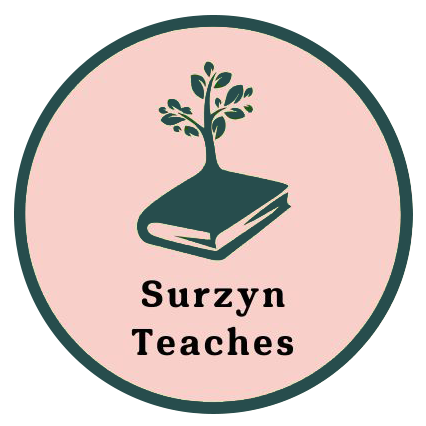Today, I had one of those ‘my heart will break in a million happy pieces’ teaching moments. It started with a conversation with a student in the hallway (as the best teaching moments do). She started a little anecdote about Miguel Ángel, a boy she took to her friend’s uncle who is a doctor because he was throwing up and he had thrown up a bit in her car but not much and now he’s going to get some discounted medicine because he doesn’t have insurance; he probably has allergies or maybe some respiratory problem. And, oh yes, he’s a boy from the community where we built houses last weekend with TECHO.
TECHO 2.0 ASFG Week Without Walls 2018
Volume 2.0 of TECHO ASFG High School build happened again, this time with 40 ASFG students, about 40 students from other schools and 8 houses built (+3 from last year’s 5 houses). Full disclosure: there were many tired moments during that weekend build that I wondered why I wasn’t on the Kitesurfing Week Without Walls trip, Fine Dining Experience, or in Europe. I doubted the value of this work, teaching students about the reality of poverty, since at the end of the day we go back to our privileged, comfortable homes and neighborhoods and it doesn’t feel like much changes. But deep in my heart I know it does.

How to be a Changemaker
Trying to make positive changes can be very discouraging when faced with the daunting problems we face. But we, as educators, have incredible power and and responsibility to teach our students agency. A colleague recommended a powerful NY Times opinion piece, “Everyone a Changemaker”, that cites Bill Drayton who explains that today’s world doesn’t need people who can effectively repeat a skill over the course of their career; rather, we need changemakers: “people who can see the patterns around them, identify the problems in any situation, figure out ways to solve the problem, organize fluid teams, lead collective action and then continually adapt as situations change” (Brooks).
This slideshow requires JavaScript.
Students as Changemakers
I relate this to TECHO because I see my TECHO students as changemakers when they are trying to build a house by using a hammer for maybe the first time, leading a cuadrilla, a team, in building a house, adapting to materials not fitting or simply empathetically listening to the family we are working alongside with about their joys and tribulations. I see students as changemakers when they are running a bake sale to raise funds or making a presentation to businesspeople when soliciting corporate sponsorship for the $50,000 pesos its costs to build a house.
This slideshow requires JavaScript.
Service Learning Curriculum
To help facilitate these moments I try to get the students to think about the bigger picture of poverty and social justice by using the Compass Tool from Compass Education with the twist of including Maslow’s Hierarchy of Needs. However, while interesting, I think the most powerful learning comes from being in the slum communities that often lack water, electricity and infrastructure and talking to the people who are simply living their lives just like you and me. Like the teenage kid who was trying to score a date by helping his cousin’s family get a house built (true story). And finally, when I see some of students reflections in their Six Word Stories (thanks Brian) I know something powerful occurred and a seed for change had been planted.




